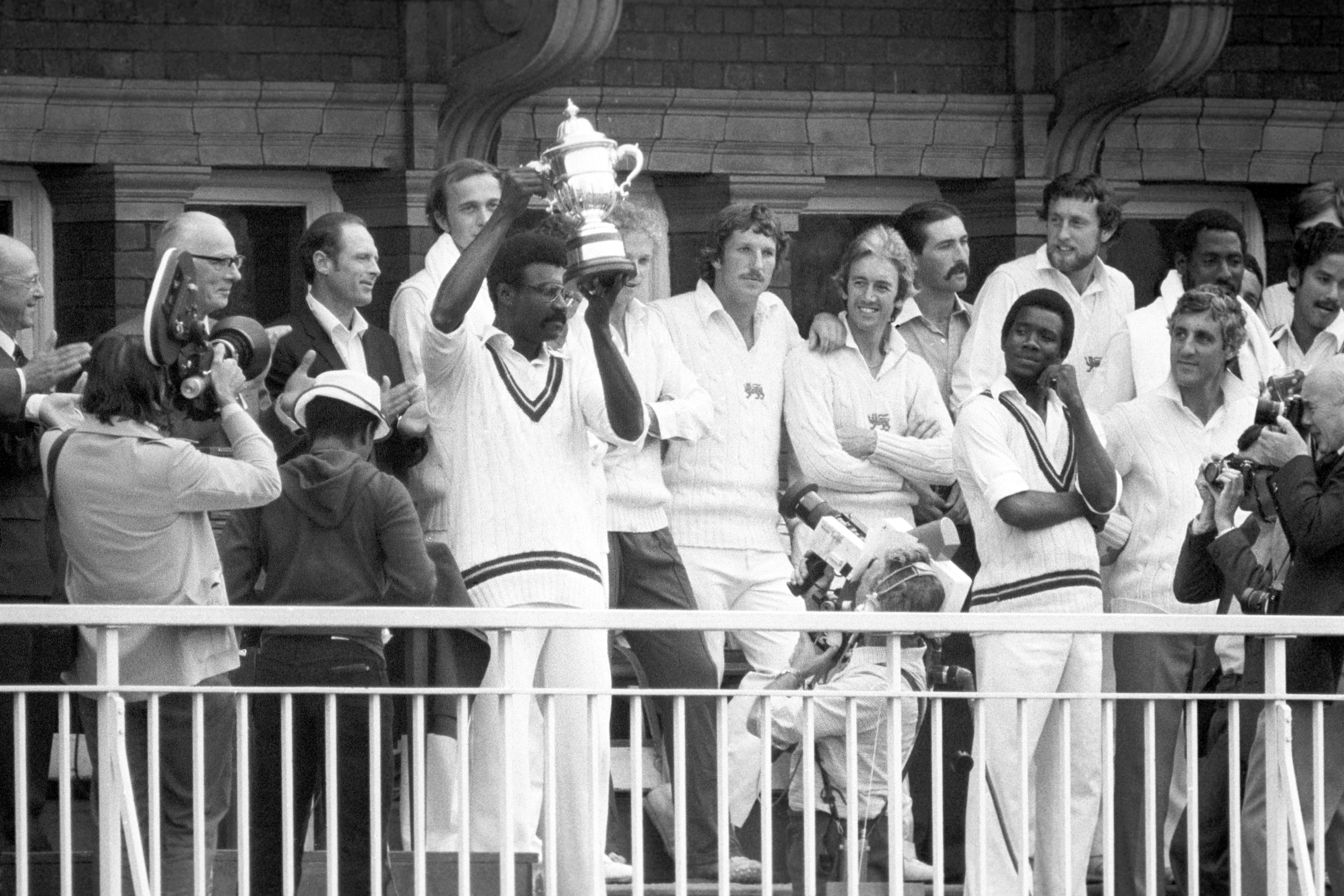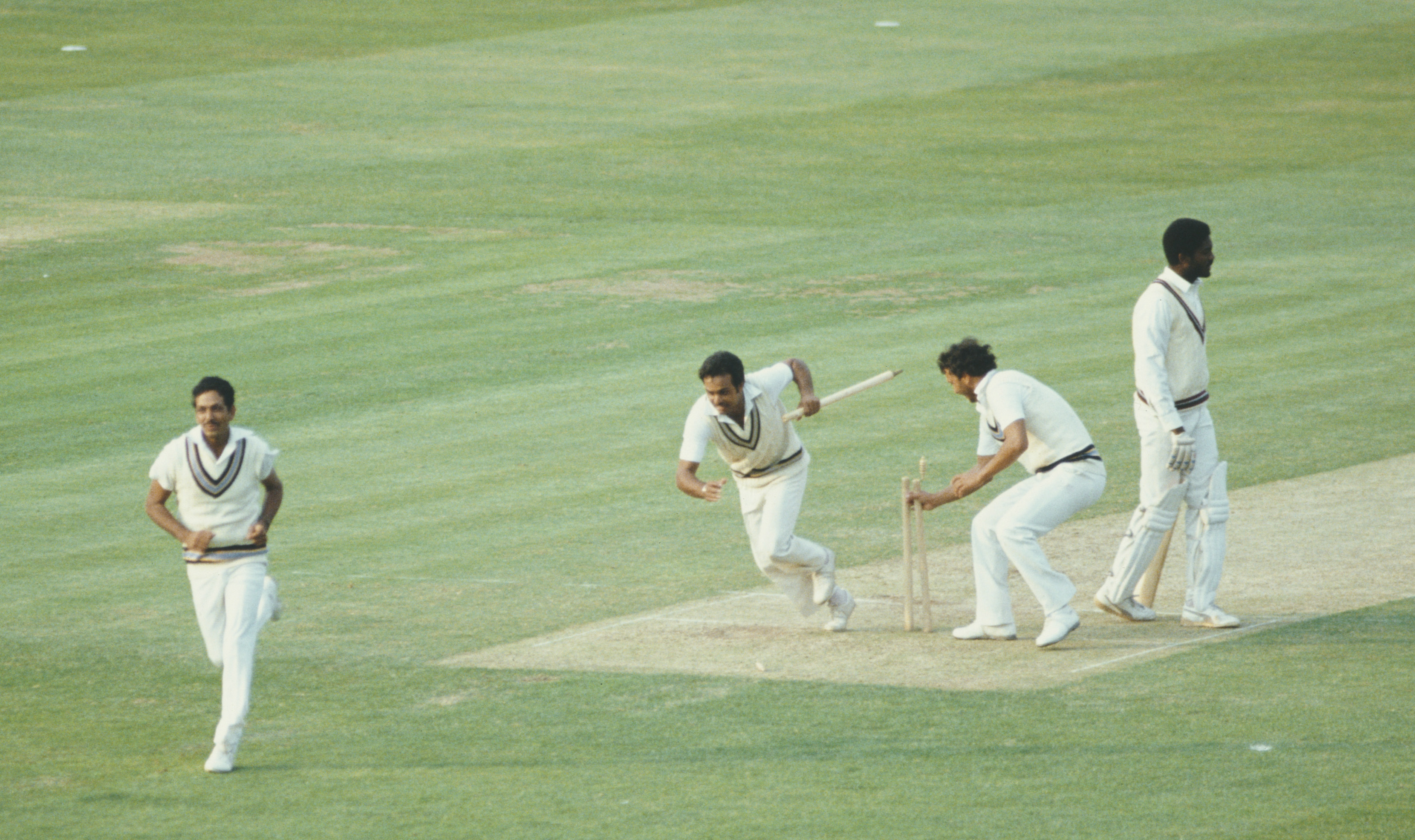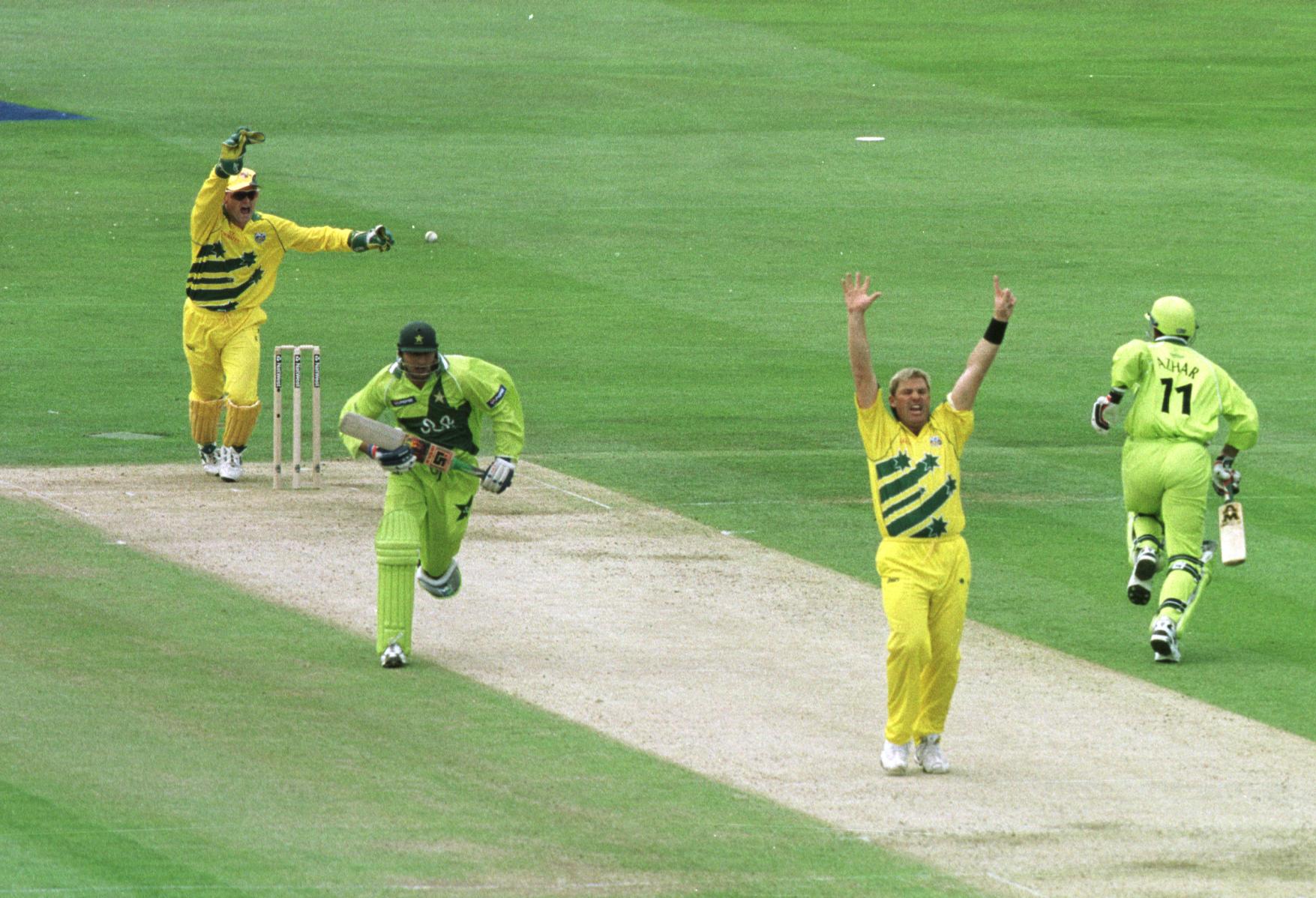 PRE MATCH ANALYSIS
PRE MATCH ANALYSISLord’s – the home of cricket -- is undoubtedly the most iconic cricket stadium in the world.
The 205-year-old venue in the heart of London has been witness to some epic encounters, including four World Cup finals.
1975

It comes as a surprise to most that the first ever ODI World Cup was one for the fairer sex – the 1973 women’s World Cup.
Two years later it was decided that the men too would play the same format and slug it out for global supremacy.
Amidst minimal television coverage and players clad in white jerseys, England hosted the first edition of what would go on to become a quadrennial event.
Australia and England, by virtue of having played extensively, were the natural favourites but there was one side that didn’t just play to compete but to entertain, too – the West Indies.
It was an Australia-West Indies final and one with plenty of drama towards the fag end.
Clive Lloyd’s exploits (102) with the bat prompted Ian Chappell to say many years later, “He batted us out from one end to the other end of Lord’s.”
But it was the crowd that took centre-stage as the curtain came down on the first World Cup. With 26 needed off 12 balls, Jeff Thomson and Dennis Lillee were taking their side closer to an improbable win. First ball of the penultimate over -- a close call for run-out, umpire Dickie Bird statue-like, and the crowd spilled onto the field.
Once cleared, Thomson was caught at extra cover and the crowd once again charged onto the ground after failing to spot the umpire’s no-ball call. Thomson and Lillee continued to run, with the ball seemingly lost in the mob. When the chaos dissipated, umpires handed the Aussies four runs, leading Lillee to quip that they had run 17.
Three balls later, another invasion – but this time the game was genuinely over. Keith Boyce lost one of his shoes in the ensuing melee, while umpire Bird’s hat went missing. Hilariously, Dickie Bird would see his hat once again, on the head of a conductor on a London bus a year later.
1979

The World Cup bandwagon once again rolled into Old Blighty and not too much had changed. White jerseys, a 60-over format, and in addition, a fierce West Indian side in all readiness to defend the title.
The Caribbean side were once again in the summit clash but this time around, faced hosts England. ODI cricket’s 74th game was just about to be painted with a class that was near unfathomable.
It has always seemed like the term swagger was coined for one Sir Vivian Richards and in the 1979 final, he put paid to any doubters. Holding fort at one end from early in the innings, Richards was subdued as Collis King went ballistic at the other end. Getting into his stride once King departed, Richards was at his swashbuckling best – but the best was yet to come.
The highlight of the final came in the West Indies’ final over when Mike Hendricks’ attempted yorker outside off stump was flicked over fine leg and into the grass banks by Richards.
As he would later go on to say, “I wanted to be shining on the big stage because that is where you are remembered most.”
Another standout was Lloyd, a superb fielder, dropping Geoffrey Boycott at midwicket. Despite the scoreboard pressure, Boycott was playing a typically slow knock and took an eternity to reach double figures. The drop kept Boycott in the middle and, thanks to his painful crawl, West Indies won the game.
Could it have been a deliberate drop? Many years later, Andy Roberts said: “He (Clive Lloyd) may say no but that catch was too simple for it not to be a tactical drop.”
1983

It was a glorious summer in England made even more glorious by the image of Kapil Dev lifting the World Cup on the Lord’s balcony.
David Frith, then editor of Wisden Cricket Monthly, had been particularly severe in his assessment of India’s chances prior to the tournament. It was his opinion that Kapil’s men stood absolutely no chance of winning the tournament – and even the odds-makers agreed, putting India at 66:1.
Fabulous performances from the skipper and a team effort sealed India’s date with destiny on June 25. A less than ideal showing with the bat had set the two time defending champions West Indies a paltry chase of 184. But the sheer determination and fighting spirit of India under Dev was on display.
A beautiful inswinger from Balwinder Sandhu set it up nicely by removing a shocked Gordon Greenidge, who was looking to leave, but then Richards walked out and began dismantling the bowling attack.
Where it turned was what Joel Garner described as the difference between winning and losing. Richards mistimed a pull to square leg and Kapil took off.
Covering more than 20 yards running backwards, the Indian captain held on to the catch and, with it, figuratively the World Cup too. The only drawback was he had to cut short his celebration after elated supporters stormed on to the pitch echoing the sentiments of millions.
In a recent video interview, Richards spoke of how he felt the whole aura of him being ‘Viv Richards’ was shattered post the 1983 final.
1999

16 years after hosting the last final, Lord’s was once again the venue for cricket’s biggest battle as the World Cup returned to British shores.
It seemed like there could be no more drama after what went down in the semifinal between Australia and South Africa.
Compared to the 1979 final that lasted 10 hours on summer solstice, the ’99 title bout was wrapped up in all of five hours – the shortest World Cup final till date.
Australia had, till that point, scraped their way through into the final but reserved their best for the last. Up against Pakistan, Australia were firm favourites to clinch a second World title and one man made sure of it – Shane Keith Warne.
With the recently-installed futuristic media centre overlooking the iconic venue, Warne dished out a master class in the art of leg-spin bowling. A nine-over spell is all it took for the wizard to flatten Wasim Akram’s men, during which the only noteworthy moment came when Saeed Anwar took a lifetime to change his grip, only to be castled the very next delivery.
It also signaled the end of Warne’s World Cup career, as a ban for using a diuretic in 2003 saw him sent home from the quadrennial event that year, with the legend consequently retiring in 2006.